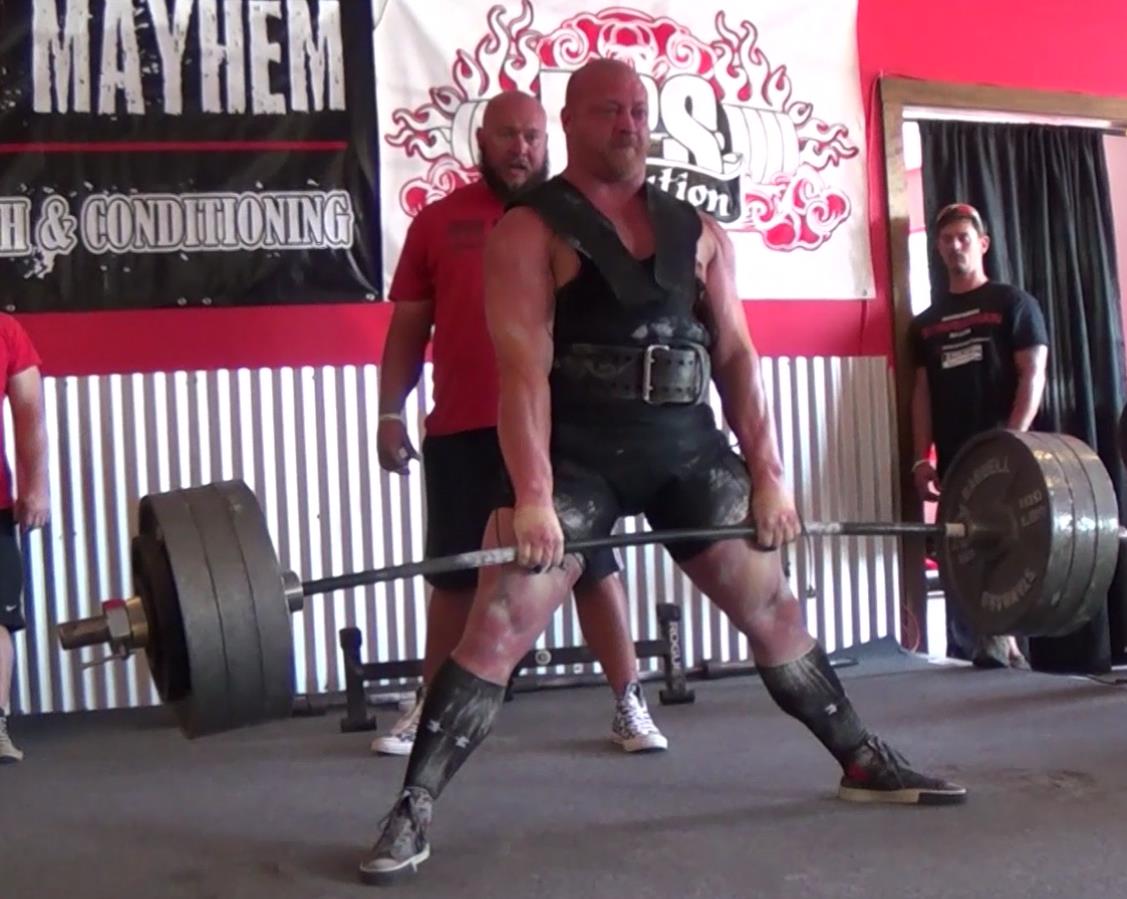
07 Nov How My Meet PRs Were Made 6 Months Ago: The Importance of Having a Plan
By: Derek Wilcox
The number one most common thing that people asked me about a powerlifting training plan is the fabled “meet peaking plan”. I remember many years ago thinking that this is the secret to powerlifting success and where many incredible increases in strength were going to come right before your meet. If this was actually true, you would be able to run meet peaking cycles back to back to back and continue getting stronger and stronger forever. With that statement, of course will come the anecdotes of people who have done several meets in close proximity to one another and been successful. In real life those results generally have one or two common themes of being a beginner in the sport or use performance-enhancing drugs. This kind of approach brings quick plateaus of progress and eventually forces everyone to back up and reassess things whether it is from frustration of not getting stronger or an injury has occurred from accumulated fatigue taking its toll.
[wa-wps]
Once I moved past the fascination with the last 8 to 12 weeks of training before a meet, like most other veterans I began to take a longer off-season phase to rebuild my basic strength and hammer weak points that were holding me back. I also used this time to try and enjoy other things in life to a greater extent away from the stresses of competition and getting ready for competition. Combining this new approach as well as refining my journal to keep track of training brought a much more systematic and eventually repeatable approach to consistently hitting personal records in meets. As I have gotten older in training age and experience the off-season training phase has become even more important. This time is used to help to recuperate overused injuries and issues that just don’t heal as fast as they used to. Simply put, if I did not take offseason as a high priority I’m sure I would have accumulated many more injuries at this point in my career, if I even still had a career. Compared to many others lifters I have competed with in the past all at professional level meets, I have a very low amount of major injuries. This includes cartilage issues in my hips and shoulders, tendinitis and a moderate disc issue between L4 and L5. After over a half decade of squatting more than five times my body weight in competitions this really isn’t much to complain about at all.
Planning out training long term before meet takes a lot of stress out of the process. Aside from dealing with injuries, if you have a good six month macrocycle (offseason+meet prep) that is complete with deloads, (only going super heavy one week a month), specification of goals in different phases (recover/heal, weak points then competition strength) and a refinement of how you as an individual responded to training, you can consistently go through these cycles with only moderate adjustments and continue to progress throughout your career. With all the strategies put in place you should also be able to extend your career as well. You can see exactly how this played out in my last full training cycle before my meet in August where I had a 40lb squat PR as well as a 120lb total PR.
Back in March I began a higher volume training plan to try and add lean muscle mass to my frame to build off of when I got into heavier percentages later on in the cycle several months down the road. During this time doing reps of 10 on most of my exercises my one rep max strengths absolutely decreased. This is where it gets difficult for most inexperienced or inpatient lifters to stick to the plan. That momentary panic of “Oh my God! 75% of my one rep max felt like an absolute house, I must be doing everything wrong!” kicks in and those people abandon ship and go back to training heavy again. After going down that road so many times I knew what was coming and knew it was better off for my long-term plan to take the temporary drop in absolute strength to focus on getting in the volume and building a better base of work capacity, strength and endurance. I took a five week phase essentially breaking myself in to 10 rep sets and finished that phase hitting several personal records in that rep range. This set me up very well to go into the next small phase of training and you can see the end result of that block here.
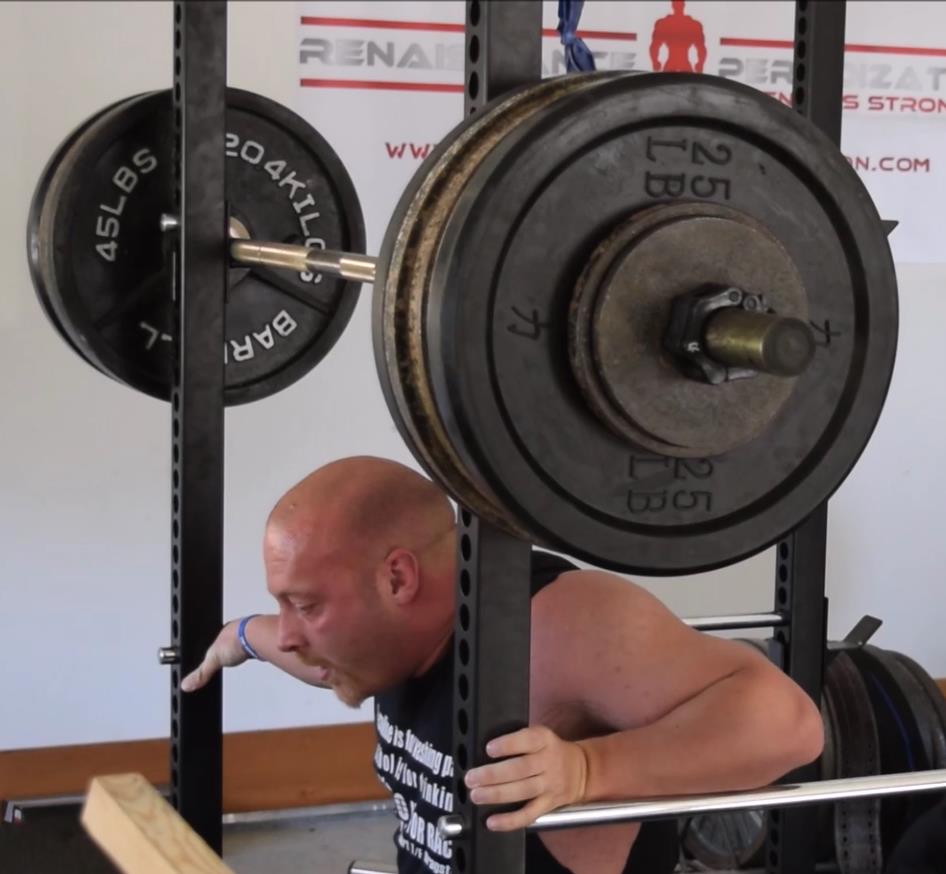
With more muscle added and capacity for training increased, I moved into a phase of five reps on most exercises. I tried to keep the momentum going as best I could here. The volume stayed relatively high for what I am doing most of the time and the weight certainly increased. On the peak intensity day for this part of my training I was unfortunately having issues with my hip and wasn’t able to complete the plan PR 3×5 with 555lbs but as you can see in the video I was certainly prepared to do so which gave me lots of confidence moving into the next phase with heavier weights.
I was moving into reps of three for the next four weeks at this point and this is where things really got fun for me. The reps were getting dropped and the weights were starting to be much more exciting. I knew from the previous two to two and half months that I had built a stronger base than before and I was primed to have a good PR at the end of this block for a 3RM. I was also able to introduce the Inzer double gripper knee wraps into my training which were amazing.
At this point I have hit a new PR once a month in reps of 10, reps of five and reps of three. You would think I would be ready for a new one rep max now right? That is absolutely what the case was. When you plan out your training with all the factors I discussed above, the predictability of training goes way up as far as progress. After the previous few months of training a new one rep max minimally equipped seemed like a layup with no defense on the court. Check that out here.
If the pattern seems to be getting boring and predictable, then that means your training is going pretty damn well! After the new one rep max in wraps and a belt was achieved it was time to start training in full gear to prep for the meet. I had not been in powerlifting equipment in one full year at this point but still felt confident my increase in strength was going to carry over after a little bit of practice in the equipment. Just like all the other phases the first three weeks was essentially practice and recovery and then the fourth week it was time to go heavy! I ended up setting a 50lb 3RM PR in my new Inzer Leviathan Ultra Pro and Predator Briefs with the double Gripper Knee Wraps at the end of my equipped phase of sets of three.
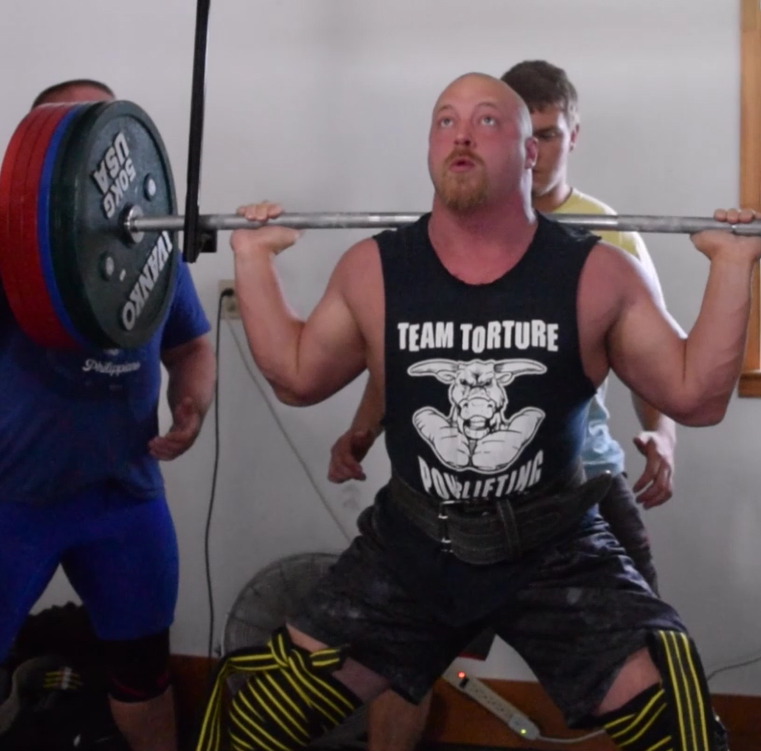
About one month away from my competition in August and I had essentially done nothing but hit consistent PR’s for the last half of a year straight by planning out my training and picking my shots as to when I go heavy with plenty of recovery in between. After hitting a solid triple with 885lb in the previous weeks in full gear, I felt extremely confident that something big was waiting to be done at my competition, but first we needed to go into some overload training to get a big stimulus and then taper off intensity and volume into the meet. Doing this made sure that I am completely fresh, and at least on paper the best condition I have ever been in for competition. Just like every other peak week in training, this went essentially how I had predicted it would with another PR in a moderate reverse band single of 1055lbs
After the last half year of setting PR’s you would think the meet would be elementary. Just go out and lift all the weights right? Unfortunately I needed to make a weight cut to attempt to reset the 198lb all time squat record. This would be the first time in my career that I did not make weight that I was cutting for. The dehydration combined with aggravated nerves in my lumbar spine was just too much to take so I reversed course about 4:00 a.m. and tried to put my weight back on which I successfully did later in the evening. My second attempt squat of 1040 pounds was a 40lb PR and I honestly feel that if the bar had not been whipping quite as bad on my third attempt with 1105lb I could have squatted it. Maybe one day soon it will fall!
Of course not every training cycle will go as well as mine did over this half year of time. I still had several bumps in the road that I had to work around, but emphasizing deloads in my training is what really enabled me to do that in the first place. If you take anything from this article as a lesson learned, just take notice of how one phase of training builds on the next, which builds on the next phase, which builds on the next phase etc. Don’t be afraid to take a step back when you are many months away from your competition to work on those weak points even if it might seem like your strength is going down. With the proper planning, discipline and effort your PR’s on meet day will also be made six months beforehand!
Get the 10/20/Life e book HERE!
Derek Wilcox
Latest posts by Derek Wilcox (see all)
- Derek Wilcox: Strong(ish) Garagebell Chronicles: Powerlifter In A Weightlifting Meet! - May 3, 2018
- Derek Wilcox: Strong(ish) Garagebell Chronicles: Getting Leaner, Stronger And Out Of Breath! - March 27, 2018
- Derek Wilcox: Strong(ish) Garagebell Chronicles: Weightlifting Offseason Activities - March 13, 2018




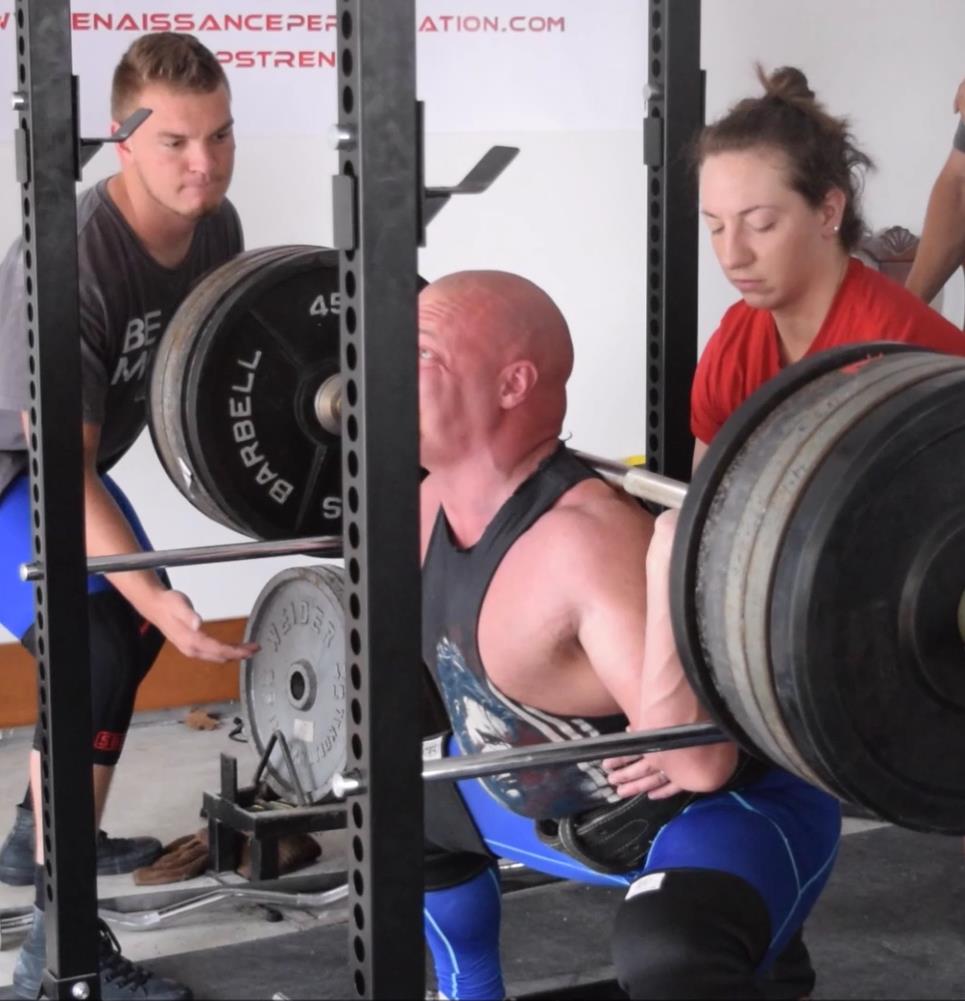

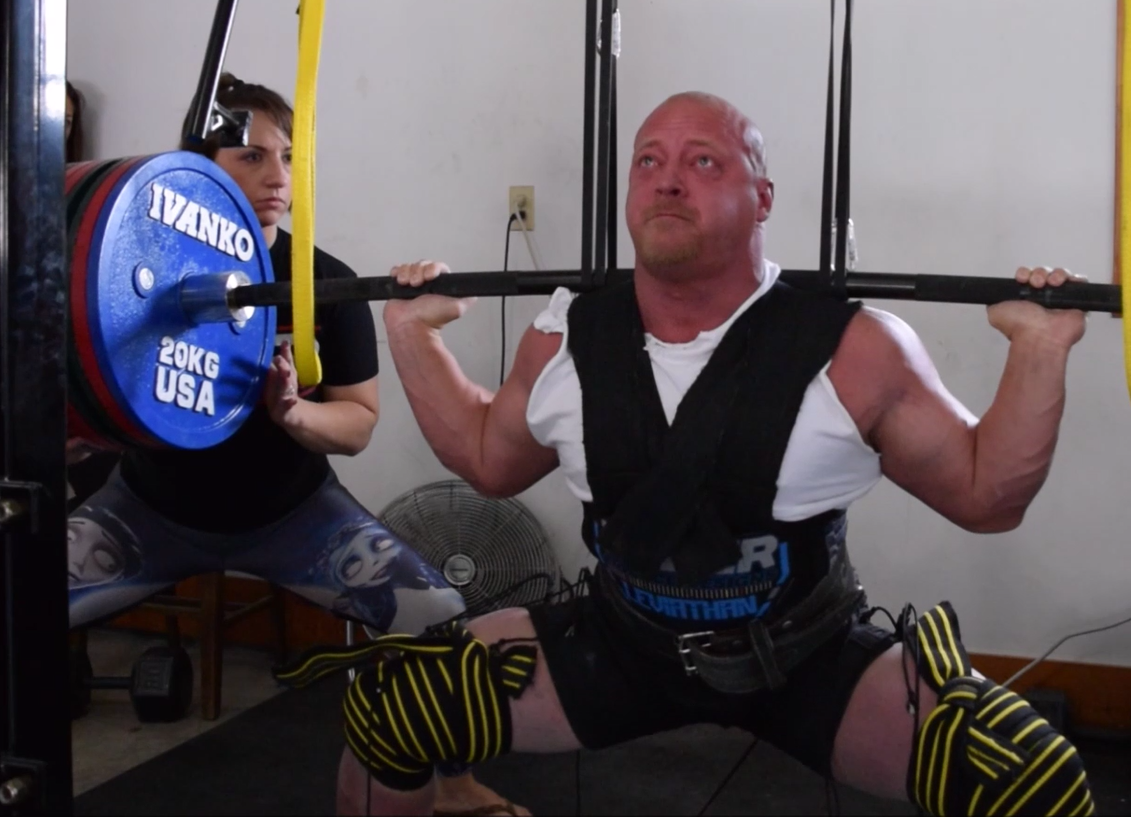

Sorry, the comment form is closed at this time.